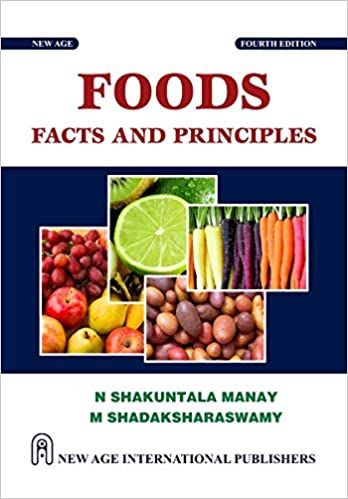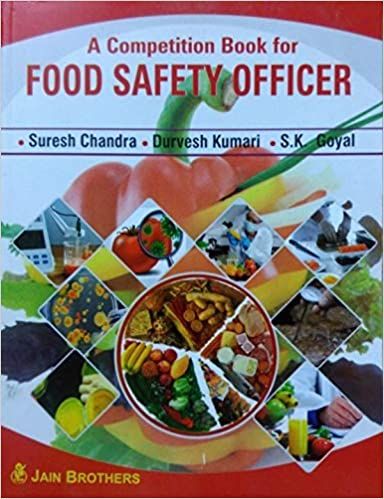1.What are the dietary nutrients or minerals?
Ans: Dietary elements (commonly known as dietary minerals) or mineral nutrients are the chemical elements required as essential nutrients by organisms, other than carbon, hydrogen, nitrogen oxygen and Sulphur present in organic molecules. Minerals are actually inorganic substances. They are naturally occurring chemicals we need to live- excluding, nitrogen, hydrogen and carbon.
2.What is the difference between Vitamins and minerals?
Ans: Vitamins are organic ( containing carbon found in all living things) compound (containing) atoms of one or more different elements). All vitamins are essential and required by the body. Minerals are pure inorganic elements (containing atoms of same element), meaning they are much simpler in chemical form than vitamin. Some minerals are essential nutrients.
3.What is healthy diet?
Ans: A healthy eating pattern is one that provides enough of each essential nutrient from nutrient-dense foods, contains a variety of foods from all of the basic food groups, and focuses on balancing calories consumed with calories expended to help you achieve and sustain a healthy weight. This eating pattern limits intake of solid fats, sugar, salt (sodium) and alcohol. The Dietary Guidelines, provides guidance for creating a healthy eating pattern to reduce the risk of chronic diseases such as diabetes, cancer, and osteoporosis.
4.What is the role of calcium in the body?
Ans: Calcium is one of the most important and plentiful mineral found in human body. The teeth and bones contains about 99% of calcium while nerve cells, body tissue, blood and other body fluids contain the rest. Calcium helps our body with building strong teeth and bones, clotting blood, sending and receiving nerve signals, relaxing muscle, releasing hormones and keeping normal heartbeat.
5.What is the physiological role of iron in the body?
Ans: Iron is an essential mineral in our body. It is required to carry oxygen from lungs to every cell in our body. In addition to its vital role in oxygen movement and storage, iron is also needed to regulate the growth. Two third of our bodies iron is hemoglobin (the oxygen carrying protein in Red blood Cell). Iron is also found in myoglobin, a protein that helps store oxygen in our muscle. Iron is a component of healthy blood, helps in transporting oxygen throughout our body and helps carry carbon di- oxide out.
6.What are the symptoms of selenium deficiency?
Ans: A deficiency in selenium can lead to pain in the muscles and joints, unhealthy hair, and white spots on the fingernails. In long term cases it may even lead to Hashimoto's disease, a condition in which the body’s own immune system attacks the thyroid.
7.What is bioaccumulation?
Ans: The toxicity of heavy metals in the body is in part due to the fact that they accumulate in biological tissues by a process known as bioaccumulation. This process of bioaccumulation of metals occurs in all living organisms as a result of exposure to metals in food and the environment, including food animals such as fish and cattle as well as humans.
8.What is heavy metal contamination?
Ans: Some of the metallic elements have no functional role to play in the body. Such elements are harmful to health if consumed regularly in the diet. The majority of metals are natural components of the earth’s crust. Mercury, lead, cadmium, tin and arsenic are in that category.Metals and other elements can be naturally present in the food or can enter food as a result of human activity such as industrial and agricultural activities.
9.How to contain the heavy metal contamination?
Ans: Most of the heavy metals are each present in the environ ment, including the water, air, soil, and foods, either as naturally occurring substances or as a result of contamination from human activity. Each has been associated with negative health effects when consumed at high levels, such as cancer and/or developmental effects. Vegetables cultivated in wastewater-irrigated soils take up heavy metals in large enough quantities to cause potential health risks to the consumers.
In order to assess the health risks, it is necessary to identify the potential of a source , estimate the amount of risk agents that come into contact with the human-environment and take appropriate remedial measures.
10.What is detinning in canned foods?
Ans: Rapid detinning is one of the most serious problem of can corrosion. Tin forms the anode of the tin –iron couple with majority of acid foods in the absence of oxygen. Under these conditions tin leaches into the solution at an extremely slow rate.This has been shown to occur in the case of acidic foodstuffs such as canned tomatoes, and consumption of the affected foodstuff has resulted in gastrointestinal irritation and upsets due to the acute toxic effects of tin.








